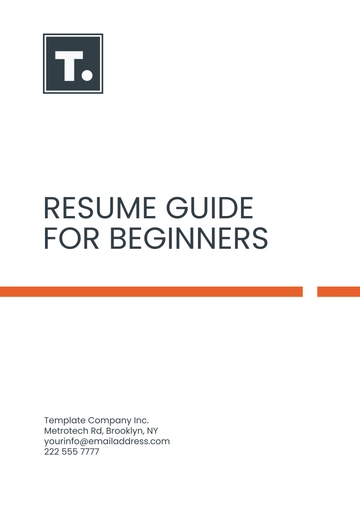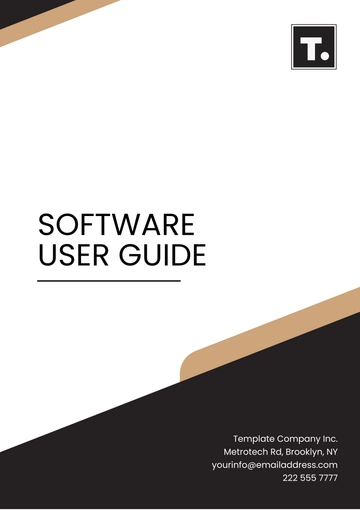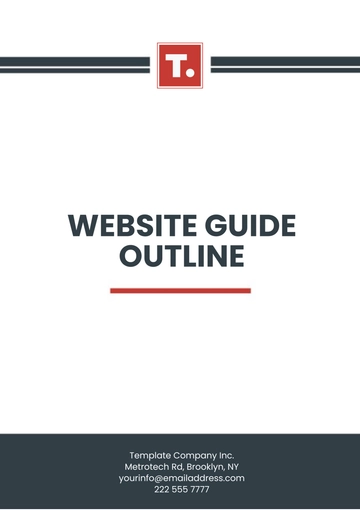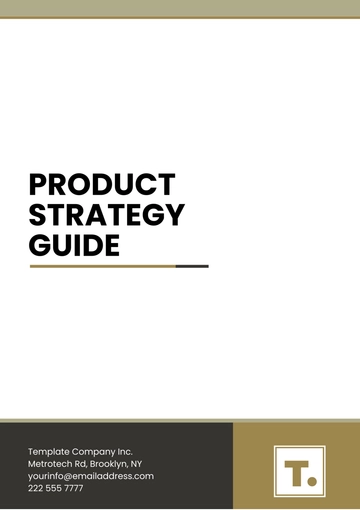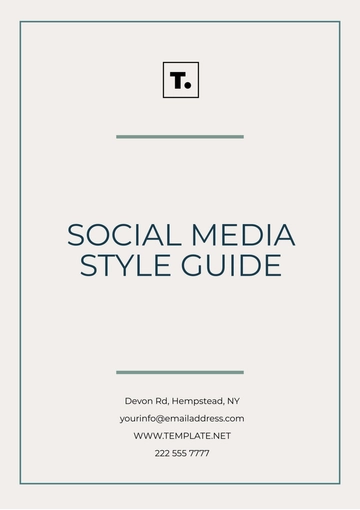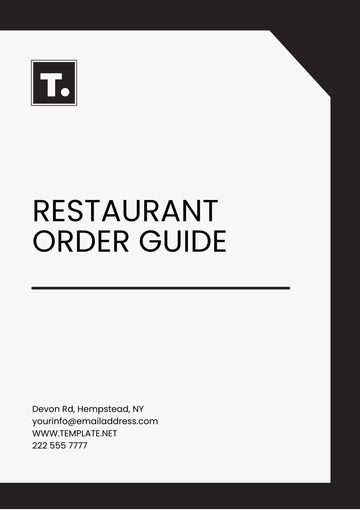Free Salon Marketing Guide
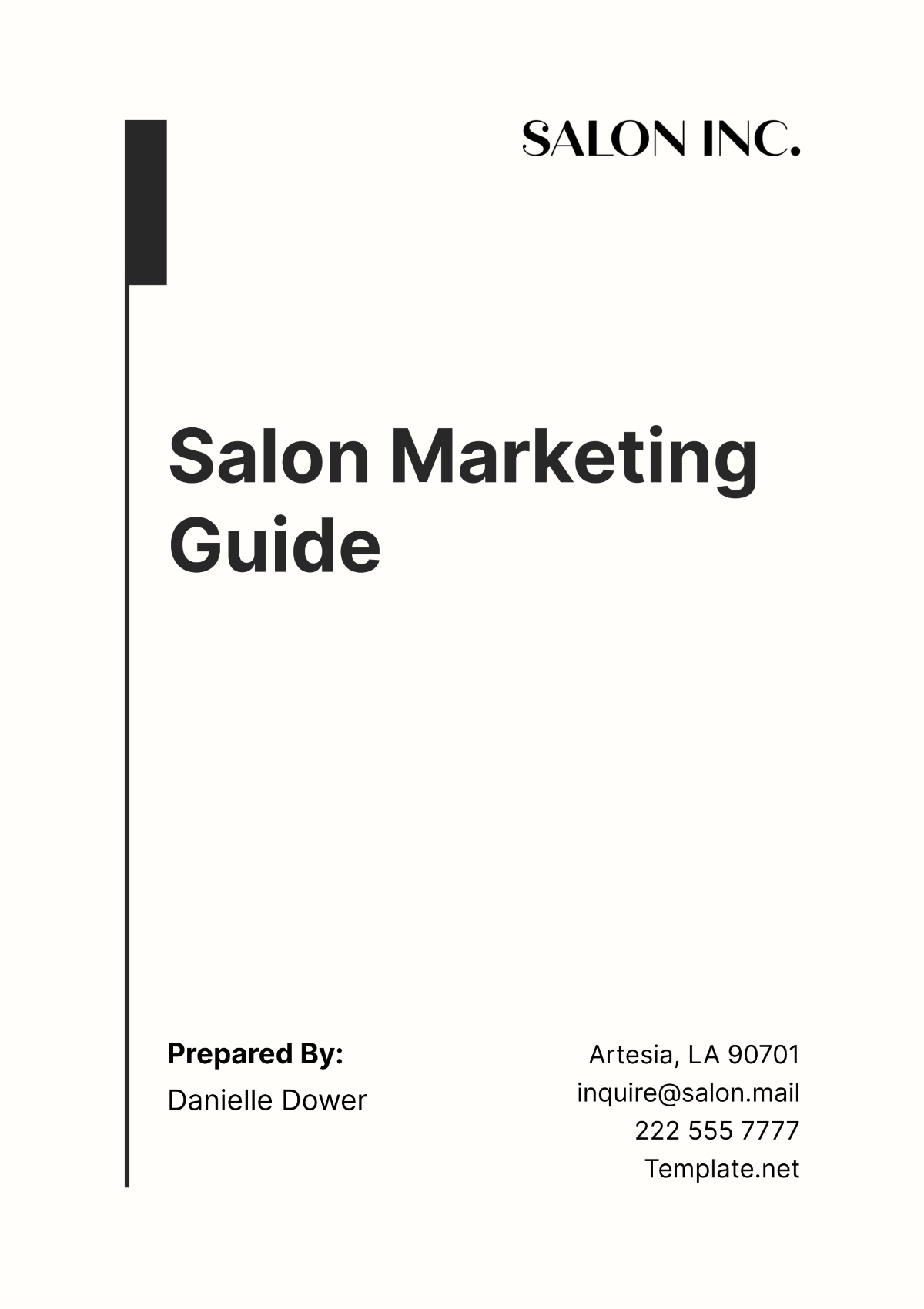
Chapter 1: Introduction
Welcome to the ultimate Salon Marketing Guide, meticulously crafted by the experts at [YOUR COMPANY NAME] to empower salon owners like yourself to attract more clients, elevate brand visibility, and enhance revenue generation. This guide is your roadmap to refining your marketing strategies and broadening your client base, equipped with actionable insights and proven tactics.
The beauty industry is fiercely competitive and highly dynamic, making effective marketing not just an advantage but a necessity. Through this guide, we will provide you with the tools to not only compete but excel in this environment. From understanding your market to optimizing your digital presence and adapting to new trends, each section is designed to help you achieve tangible results.
Real-world Success: To illustrate the impact of our strategies, consider the story of "Salon Success," a client who transformed their business using this guide. Starting with a modest client base, they implemented targeted online advertising, revamped their service offerings based on customer feedback, and engaged actively on social media. Within a year, their clientele had grown by 30%, and they had secured a top spot in local salon rankings.
Chapter 2: Understanding Your Market
Before you can effectively market your salon, you must have a deep understanding of who your clients are and what they truly desire. This knowledge shapes every aspect of your marketing, from the promotional tactics you choose to the services you offer. Here’s how you can gather this critical information:
Identify Your Target Demographic: Knowing who your services appeal to helps tailor your marketing efforts effectively. Look at age, gender, lifestyle, and spending habits. For example, if your target demographic is primarily working professionals aged 30-50, your services might include express treatments available during lunch hours or after work.
Analyze Local Market Trends: Keep a pulse on the most popular services, understand the competitive pricing strategies, and identify peak seasons for your business. This information can help you anticipate demand fluctuations and adjust your marketing and service offerings accordingly.
Survey Current Clients: Implement feedback forms and satisfaction surveys to gather insights directly from your clients. Understanding their preferences and pain points can guide service improvements and highlight what truly matters to your clientele.
Monitor Your Competition: Identify the strengths and weaknesses of nearby salons. This can reveal opportunities to differentiate your salon, such as offering services that others don’t or improving on areas where competitors are underperforming.
Adjust Your Offerings Based on Findings: Use the data collected to refine your service offerings. Perhaps introducing organic hair care products or advanced aesthetic treatments could tap into unmet customer needs and set you apart in the market.
Chapter 3: Developing Your Marketing Strategy
Creating a balanced marketing strategy involves combining both online and offline efforts to ensure comprehensive market coverage. Here’s a detailed look at the various types of marketing and example tactics you can employ:
Table: Marketing Types and Tactics
Marketing Type | Description | Example Tactics |
|---|---|---|
Online Marketing | Digital efforts to reach clients via the internet. | Website optimization, SEO, targeted social media ads, influencer partnerships |
Offline Marketing | Traditional methods that don’t involve the internet. | Participating in local fairs, sponsoring community events, PR stunts |
Email Marketing | Sending promotional or informational emails to clients. | Segmented email campaigns, automated birthday greetings, exclusive deals |
Referral Programs | Encouraging word-of-mouth through incentives. | Tiered referral rewards, referral contests, social sharing bonuses |
Collaborations | Partnering with other businesses to expand reach. | Co-branded experiences, joint service offerings, cross-promotional events |
Online Marketing: In today’s digital age, an effective online presence is essential. From optimizing your website to engaging with clients via social media, digital marketing allows you to reach a broader audience at a lower cost than traditional methods.
Offline Marketing: Despite the prevalence of digital strategies, offline marketing remains vital, particularly in building local connections. Tactics like distributing flyers, advertising in local newspapers, and sponsoring community events can create tangible brand presence and foster community ties.
Email Marketing: This type of marketing keeps your clients informed and engaged. Sending monthly newsletters, special offers, and birthday discounts personalizes the customer experience and enhances client retention.
Referral Programs: Word-of-mouth remains one of the most powerful marketing tools. Implementing referral programs that reward clients for bringing in friends can rapidly expand your customer base.
Collaborations: Partnering with complementary businesses, such as local spas or fitness centers, can open up new client channels. Joint promotions or bundled service offerings can provide mutual benefits and increased exposure.
Chapter 4: Optimizing Digital Presence
A robust digital presence is critical in today's market. It not only serves to attract new clients but also enhances the loyalty of current ones by providing them with engaging content and convenient service options. Here's how [YOUR COMPANY NAME] can enhance its digital strategies:
Website Optimization:
Responsive Design: Ensure that your website is mobile-friendly, as a significant portion of users access the internet via smartphones.
User Experience (UX): Create an intuitive and engaging user interface that makes it easy for clients to navigate and book services.
Content: Include compelling and informative content about your services, staff expertise, and customer testimonials to build trust and credibility.
Mastering SEO:
Keywords: Utilize SEO tools to identify and integrate relevant keywords that potential clients might use to find services like yours.
Local SEO: Optimize your website for local searches to attract clients in your geographical area. This includes registering on Google My Business and local directories.
Analytics: Regularly monitor your SEO performance and adjust strategies based on what's working best.
Social Media Engagement:
Consistency: Post regularly on your social media platforms to keep your audience engaged.
Interactivity: Use features like polls, live videos, and Q&A sessions to foster interaction.
Promotions: Run exclusive social media contests or offer discounts to encourage followers to share your content and bring in new clients.
Online Booking:
Integration: Embed a seamless booking system into your website and social media pages to make it easy for clients to make appointments.
Simplicity: Ensure the booking process is straightforward and requires minimal steps to complete.
Managing Online Reviews:
Engagement: Respond to reviews, both positive and negative, in a professional manner that reflects your brand's commitment to customer satisfaction.
Encouragement: Actively encourage happy clients to leave positive reviews, perhaps by offering a small discount on their next visit as an incentive.
Chapter 5: Tracking Results and Adapting
Measuring the effectiveness of your marketing strategies is essential to understand what's working and what isn't. Here’s how you can effectively track your results and adapt your strategies accordingly:
Analytics Tools:
Google Analytics: Use this tool to track website traffic, user behavior, and conversion rates.
Social Media Metrics: Monitor likes, shares, comments, and other engagement metrics to gauge the performance of your content.
Email Analytics: Track open rates, click-through rates, and conversions from promotional emails to understand their effectiveness.
Client Feedback:
Surveys: Regularly conduct surveys to collect client feedback on their experience with your salon and their response to your marketing efforts.
Feedback Forms: Offer a feedback form post-service to get immediate responses that can guide quick adjustments.
Case Study - [Case Study Name]:
Consider the success story of “Salon Radiance,” a client of [YOUR COMPANY NAME]. After implementing targeted SEO strategies and revamping their social media approach, Salon Radiance saw a 40% increase in website traffic and a 25% increase in booking rates. Regular adjustments based on analytics and customer feedback were key to continuously improving their results.
Chapter 6: Conclusion
This marketing guide provides [YOUR COMPANY NAME] with a comprehensive set of strategies designed to maximize your salon's market presence and client base. By understanding your market, developing an integrated marketing strategy, optimizing your digital presence, and continually adapting to feedback and results, your salon can thrive in the competitive landscape.
Call to Action:
Review and Revise: Regularly review your marketing strategies based on the outcomes and evolving market trends. Stay adaptable and ready to incorporate new technologies and methods.
Engage with Experts: Consider consulting with marketing professionals or attending workshops to stay updated with the latest marketing strategies and tools.
Implement Changes: Don't hesitate to try new approaches based on the data and feedback you gather. Innovation is key in keeping your marketing fresh and engaging.
By implementing these strategies thoughtfully and consistently, [YOUR COMPANY NAME] will not only attract new clients but also cultivate a loyal customer base that values your brand and the unique experiences you offer.
- 100% Customizable, free editor
- Access 1 Million+ Templates, photo’s & graphics
- Download or share as a template
- Click and replace photos, graphics, text, backgrounds
- Resize, crop, AI write & more
- Access advanced editor
Revolutionize your salon's marketing strategy with Template.net's Salon Marketing Guide Template. Crafted for ambitious salon owners, this template is your comprehensive roadmap to attracting and retaining clientele. Exclusively available on Template.net, it seamlessly blends creativity with practicality. Customize effortlessly using our AI editor tool, tailoring it to your salon's unique brand and audience. Elevate your marketing game with confidence and flair.












